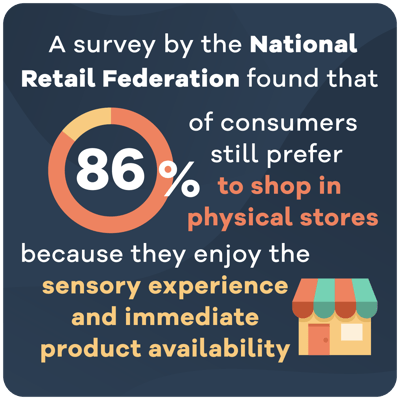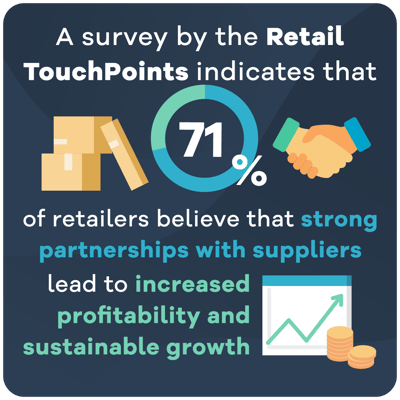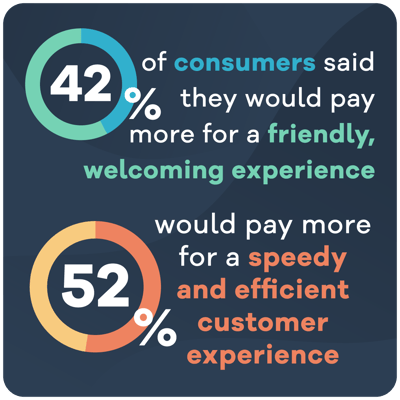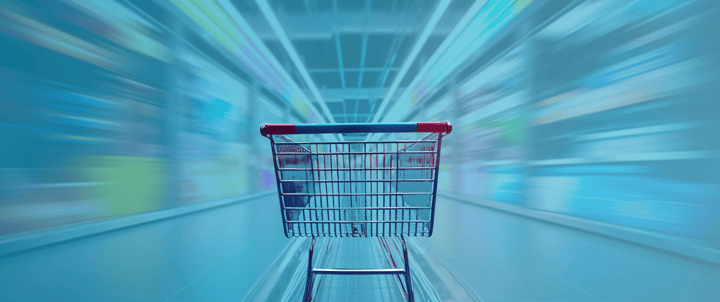Amidst the rise of e-commerce in the digital age, the appeal of traditional brick-and-mortar retail spaces remains undeniably strong. While the digital age has ushered in a new era of e-commerce, there is still immense value in having a physical presence on store shelves. Transitioning from an online-only model to placing your products on shelves can be a challenging but a rewarding move for retailers. A survey by the National Retail Federation found that 86% of consumers still prefer to shop in physical stores because they enjoy the sensory experience and immediate product availability. In this article, we'll guide you through the steps necessary to make a successful transition from the digital realm to the physical marketplace.

Understand the Market
Before making the leap to brick-and-mortar retail, it's crucial to research and understand your target market. Consider demographic trends, purchasing behavior, and preferences in the area where you plan to establish your physical presence. Gathering data will help you identify if there is a demand for your product on store shelves and what competition you might face.
Develop a Solid Retail Strategy
Transitioning from online to physical retail requires a well-thought-out strategy. Your strategy should outline key objectives, such as increasing brand visibility, generating more sales, or reaching a new customer segment. Decide on the type of retail space you need, whether it's a pop-up store, a dedicated shop, or shelf space in an existing store.
Product Packaging and Presentation
The way your product is presented on store shelves is critical. Invest in eye-catching packaging and displays that communicate your brand's identity and product's unique selling points. Your product should stand out among competitors and attract shoppers' attention. Consider collaborating with a professional designer to create an appealing and cohesive look for your retail presence.
Build Relationships with Retailers
Approaching retailers is a pivotal step in the transition process. Prepare a compelling pitch that highlights the benefits of stocking your product on their shelves. Be ready to negotiate terms, such as pricing, placement, and marketing support. Building strong relationships with retailers can lead to long-term partnerships and growth opportunities. A survey by Retail TouchPoints indicates that 71% of retailers believe that strong partnerships with suppliers lead to increased profitability and sustainable growth.

Inventory Management
Managing inventory in a physical retail space is quite different from handling it online. Accurate forecasting, tracking, and replenishing of stock are essential to avoid overstocking or running out of popular products. Implement inventory management systems and practices to ensure a seamless shopping experience for customers.
Marketing and Promotion
Don't assume that customers will automatically find your product on store shelves. Implement marketing and promotional strategies to drive foot traffic to your retail space. This could include in-store events, signage, social media campaigns, and collaborations with other businesses in the area. Consider offering exclusive promotions or discounts to incentivize purchases.
Monitor and Adapt
Once your product is on store shelves, continuously monitor its performance. Collect feedback from both customers and retailers to make necessary improvements. Stay flexible and be prepared to adapt your strategy based on market changes and consumer preferences.
Leverage Data and Technology
The transition from online to physical retail doesn't mean leaving technology behind. Use data analytics and technology to track sales, gather customer insights, and optimize your retail operations. Embrace point-of-sale systems, inventory management software, and customer relationship management tools to enhance efficiency and decision-making.
Staff Training and Customer Service
Ensure that your retail staff is well-trained and knowledgeable about your products. Exceptional customer service can make a significant difference in customer satisfaction and loyalty. Train your employees to provide assistance, answer questions, and create a positive shopping experience. 42% of consumers said they would pay more for a friendly, welcoming experience, and 52% would pay more for a speedy and efficient customer experience.

Evaluate and Scale
After successfully transitioning to physical retail, evaluate your progress and determine whether it's time to scale up. This could involve expanding your product offerings, opening additional locations, or exploring new markets. Keep the momentum going and continue to adapt and grow.
Transitioning from an online-only business to having your products on store shelves is a significant step that requires careful planning and execution. By understanding the market, developing a solid strategy, and investing in packaging, relationships, and marketing, you can successfully make the shift to physical retail. With dedication and adaptability, your business can thrive both online and on store shelves, offering customers a multi-channel shopping experience that meets their needs and preferences.




